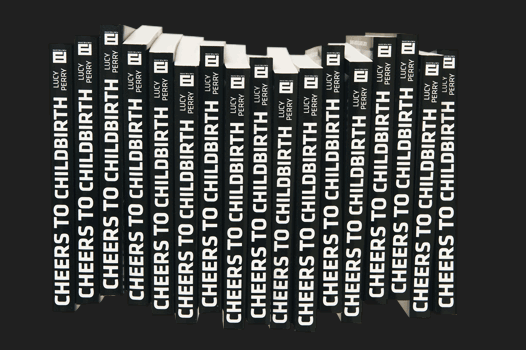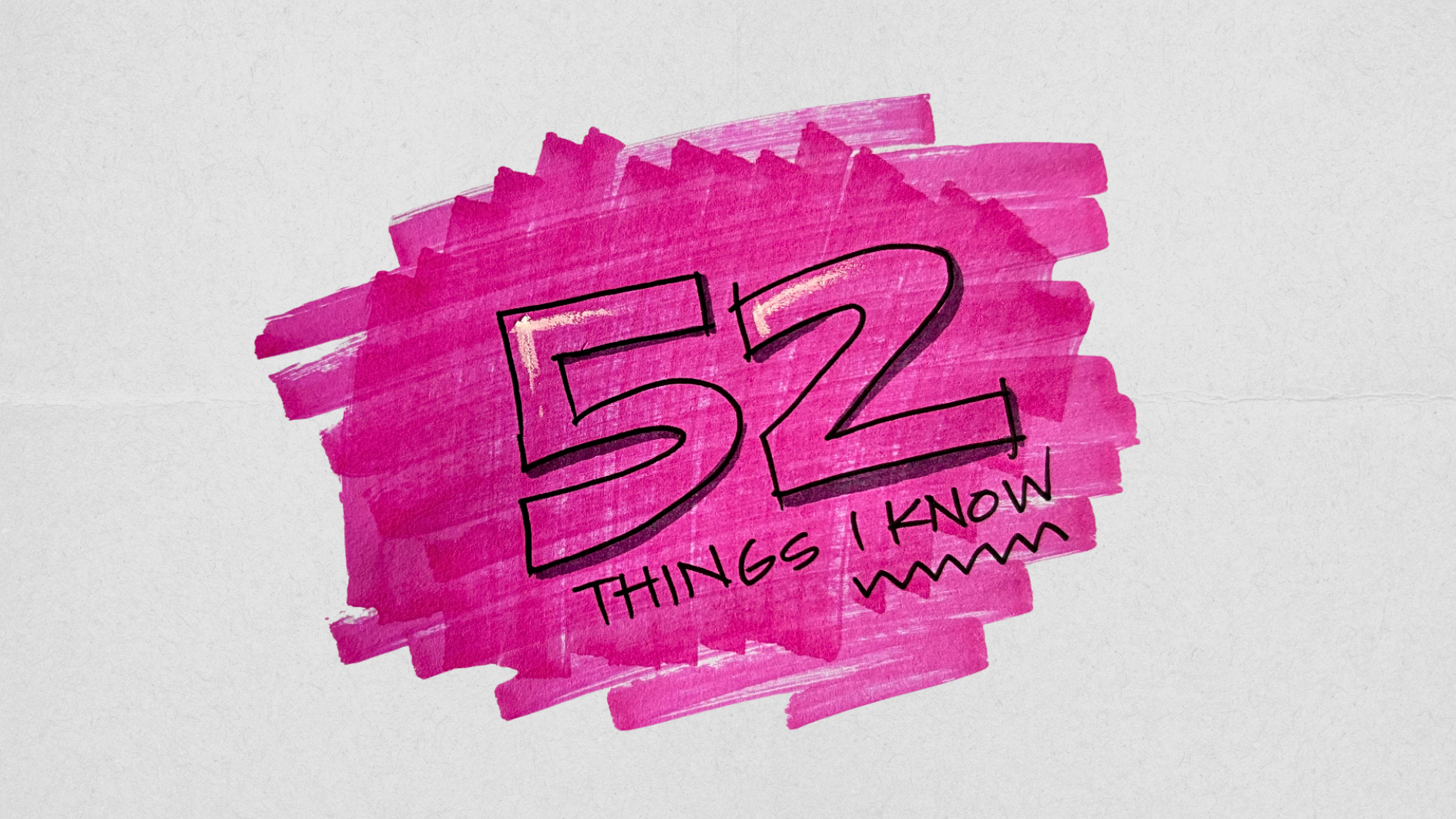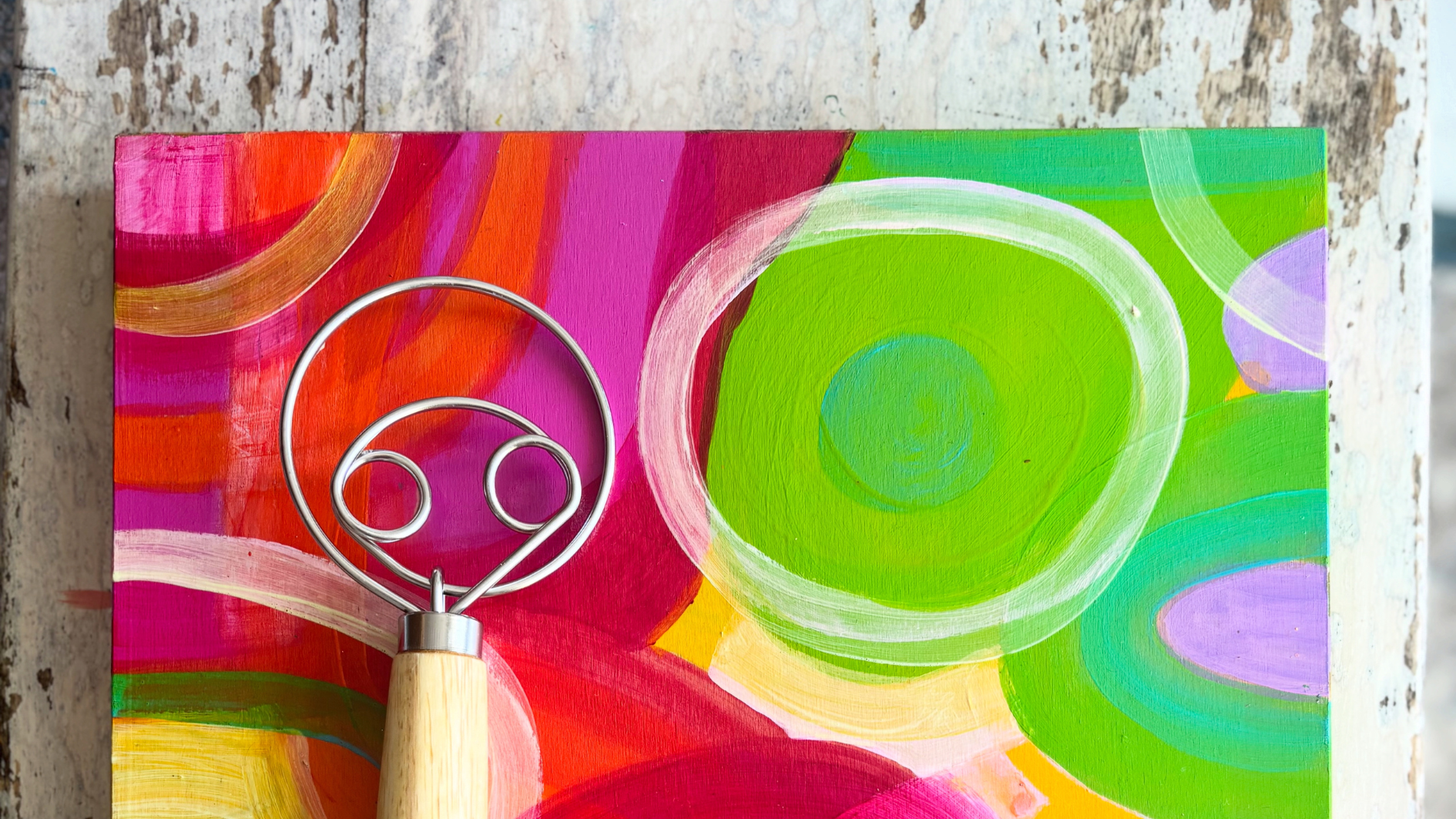1. Write something targeted and unique.
Don’t publish a book that’s already doing a perfectly good job on your topic. Publish something totally unique, targeted to a specific market and written to appeal to that market. If you don’t have really really good content to publish, the next nine tips are not much use. Make sure to test your idea on people who are in the market for that book. Test and tweak. Test and tweak. If you don’t have 70,000 juicy words to say, you might have an ebook in you but not a commercially viable print title. Can you write ten amazing 7,000-word chapters? OK good. Then, proceed.
2. Price for the market, not your budget.
Look at book pricing and make sure your book size and format is consistent with local book pricing. In Australia, self-help and fiction are usually $24.95 or $29.95. Don’t make the dopey mistake of pricing your book higher because it cost a lot to print. Self-publishing is often the preferred way to go because your profit margin can be high. I make $20 on every book I sell but I did all the work to get it there and I priced it at the same level as other books the same size.
3. Cover design for maximum pop.
Take a look at the section of the bookstore which would be home to your new title. Take photos. You might get kicked out of the shop, but it will be fun. Then make sure your cover design POPS in that section of the bookstore. My childbirth guide for dads would be destined for the parenting section. Those shelves were covered in books which were all pink and skin colour, soft and fleshy. I designed a cover which was black and bold so it would stand out on the shelves. The spine is black and white too and it really pops.
4. Go professional or go home.
Do not skimp on the design of your book or it will scream self-published and will only sell to your relatives who feel obliged. Pay a graphic designer, an editor and an indexer. One of the reasons I successfully sold 7500 copies of my first edition is that it doesn’t look self-published. It has a barcode on the back and I mirrored good book design elements.
5. Write a KILLER blurb on the back of the book.
This is where people make their decision to buy. I did a stack of research on what makes a good blurb and on self-help books like mine, one of the top ten words was “discover”. Discover how to blah blah blah. Get juicy endorsement quotes from clever people. Write what you would want to read if you were undecided about buying that book. Mark Ochillupo, the Aussie world champion surfer agreed to say ‘This is the only childbirth book that guys need to read.’ BAM!
6. Plan for a lightweight product.
I know an author who self-published a beautiful book which weighs 585 grams. That last 85 grams pushed the cost of postage from $6 to $11. That unnecessary five bucks can be a barrier to sale or it is a big fat chunk of your online sales profit. Plan this at the beginning so you know how many pages you have to work with and choose your paper stock wisely. That book could have been printed on less bulky stock without dropping page count and every online sale would make an extra five bucks. Over 5000 books that is a lot of cash you are giving to our friends at Australia Post.
7. Don’t necessarily print in China.
My first book was printed in Australia and on the standard novel specifications. This was cheaper than printing in China and then shipping it to Sydney. I used Griffin Press in Adelaide and I dealt with them directly. Look on the inprint page of other books to see who printed them and get a few quotes. Make sure you are clear that you need a specific weight on your end product. Ask your graphic designer to help you decipher the print terminology. Don’t print too many. Go for an initial run of 1000. If they sell fast, you can say it’s already on its second print run. Make the book better second time around and you can call that second run the second edition.
8. Invest in PR.
The book market is super competitive and you are up against the publicity machines of major publishers who have tight relationships with the media. I spent as much on professional public relations as I did on print production and received a HUGE amount of press including a one hour interview on Conversations with Richard Fidler on the ABC. I receive a stack of orders every time that radio interview is rerun somewhere in Australia. ABC listeners are readers.
9. Plan for multiple sales streams or plan for a lot of stock looking back at you in the garage.
You can’t flog every book yourself and that gets boring. Consider other ways to sell your title including bookstores via traditional book distributors, partnerships and online. My book was initially listed on Amazon and iTunes. Consider an audiobook too. These platforms don’t require postage so they’re set and forget. Whooo! My book has been on iTunes for years and every quarter I receive cash into my bank account from the good people at Apple.
I also sell my book through Beer + Bubs childbirth education classes at the pub nationally and I give the presenter a $5 kick back for each book sale. If you are a speaker, negotiate to have your book purchased by conference organisers for every delegate so you can pull off an Oprah moment and ‘everyone gets a book!’ Even at wholesale price, this is much more lucrative than selling your books up the back, after your speech. It’s always more fun selling books by the carton load than slogging it one at a time.
10. Have fun.
That’s always in my top tens. If it’s not fun, why bother?
My next book GET THE GIRLS OUT was published by HarperCollins in 2019, a major mainstream book publisher. I had a publisher, an editor and a publicist to work with. Self-publishing and commercial publishing are two different kettles of fish. You need to pick the right one for the right title.
Lucy x



